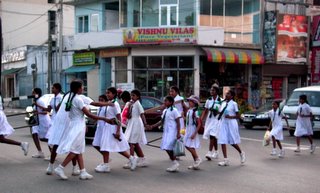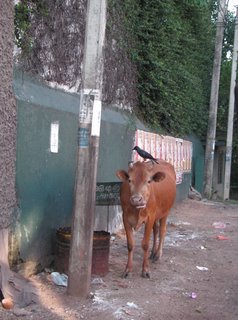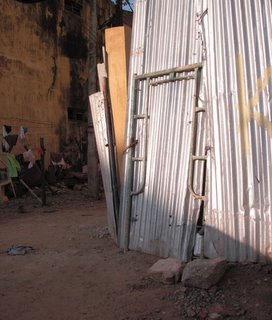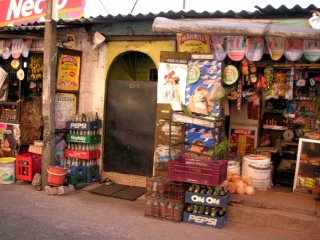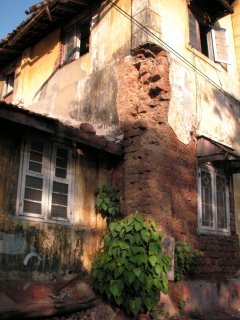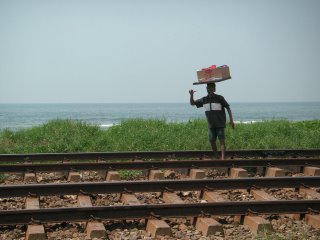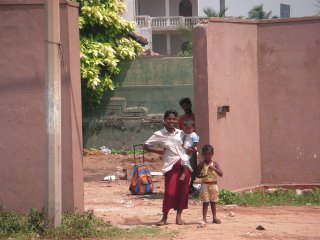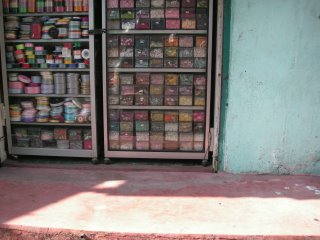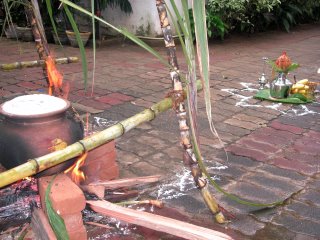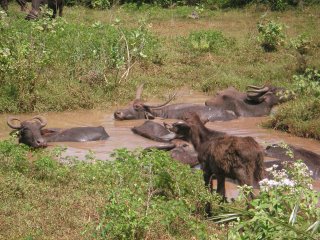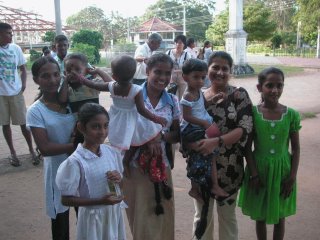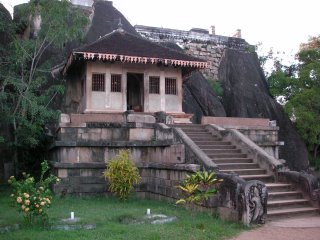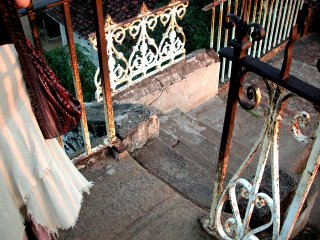

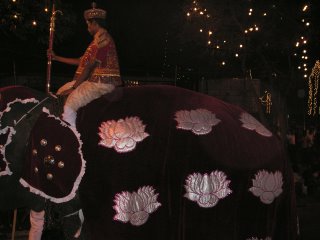
Marking Navam Poya (February Full Moon Day), this massive, dazzling procession starts at sunset. It commemorates Buddha's announcement of his impending death at age 80. Because a colleague (whose uncle is UNP opposition leader Ranil),goes to Gangaramaya Temple, in central Colombo, we got good seats. Numerous elephants, decorated with sequined cloths, dance to the beat of Kandyian drummers, while hundreds of dancers each showcase their unique dances. Everyone is costumed, there are fire-eaters, stilt-walkers, swordsmen, and acrobats. The pehahara is a chance to parade the temple's relics (each temple has its own relics, from past Buddhist prophets) past spectators. Unfortunately, the camera died again so I could not take many photos. Besides it is indescribable to see nor can it be captured as strongly in photos.
